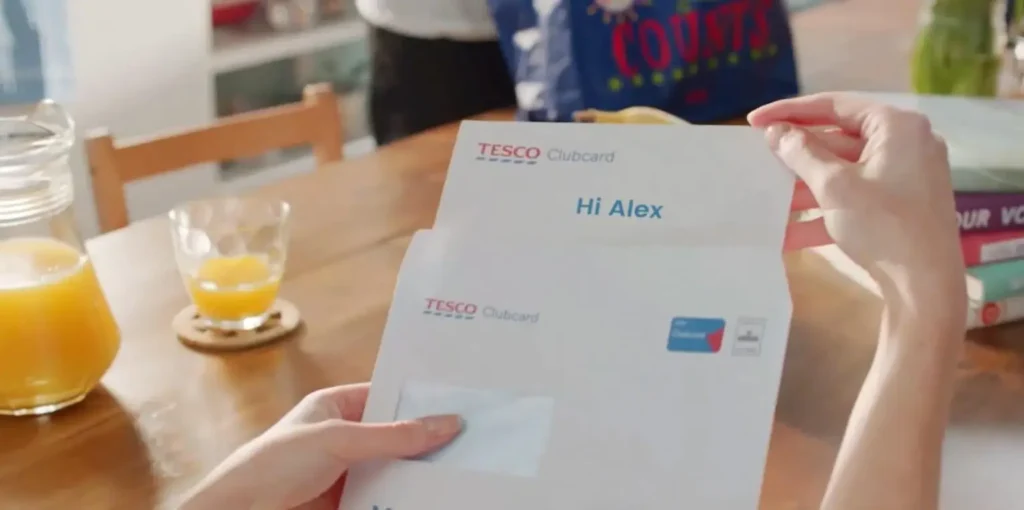The global gaming market is now worth over $150 Billion, with Fortnite emerging as one of the most successful franchises in the space, having recently reached a staggering player count of 250 MM. Much has been written about the secrets to Fortnite’s success: it’s fun and creative twist on the traditional first person shooter, the adrenaline-inducing rewards system, its low barriers to entry or its cultural relevance, amongst others. There is one common thread that connects most of these reasons: the game’s ability to engage players from the moment they first download the game and throughout their gaming experience. It’s this engagement that has made Fortnite content so relevant and shareable.
Epic Games, the publisher behind Fortnite, understands that getting to the top is the easy part – the real challenge is how to keep players interested and engaged in such a fiercely competitive space where players are constantly tempted by shiny new alternatives. How do you keep players coming back every day, making gameplay a part of their daily routine and extending the game’s lifespan in the process..
Fornite Battle Royale was always meant to be a social game, a place where groups of friends could play together in a fun and engaging survival game. In order to accomplish this, Epic focused on driving scale. This meant turning down exclusivity deals and leveraging their cross-platform Unreal Engine to quickly and seamlessly port the game to all relevant platforms. This universal accessibility made the ability to play alongside one’s friends far more valuable. However, Epic didn’t stop there. They Epic knew that the social element could extend well beyond the limits of the game. After all, Fortnite content has already generated over 50 Billion views on YouTube alone.
And that’s where Personalized Video comes in. Video has always been the most engaging medium for most people. However, in the past it was used exclusively as a 1-to-many broadcast medium, as it simply wasn’t feasible to generate a high number of personalized videos required to support other uses due to antiquated rendering technology that just wasn’t fit for purpose in a world of dynamic video. However, technological developments in recent years have opened up new creative possibilities around data-driven video and Epic was exactly the company to make the most of that.
Using what it knew about its players and Idomoo’s Personalized Video as a Service platform (PVaaS™), Epic created personalized boast reels for owners of the Fortnite Season Pass that could be shared on social media. The videos included player stats and accomplishments as well as other tidbits about their adventures in the game and gave players a great opportunity to humblebrag.
The videos generated tons of positive social buzz and helped launch the next season of the game. Other similar campaigns soon followed on the heels of the initial success. But perhaps most impressive of all was how quickly Epic was able to launch these impactful campaigns. In two weeks, videos for season pass holders were scripted, produced, rendered and distributed 13 languages.
So how did Epic pull off this feat? Here are a few lessons we can learn from Fortnite’s success from player engagement and growth:
- KISS – Keep It Simple, Stupid: The US Navy knew what it was doing when it established this principle, that essentially boils down to avoiding unnecessary complexity. Epic kept their first campaign simple by focusing on players that had a wealth of data, and focusing on using easily accessible data points. This approach had two advantages – it not only made the launch fast, it also left room to grow and wow their players in subsequent campaigns.
- Timing Is Everything: That’s a bit of an exaggeration, but it sounds good. Still, while timing may not be everything, it sure does matter a lot. Epic used its personalized recap videos for one season to support the launch of the next. This helped fuel the social conversation leading up to the successful launch.
- Scalable Creative: Fortnite is arguably the biggest video game in the world right now. That means that any player engagement campaign requires a scalable backend. This becomes even more true in the case of videos that could have taken over 40 years to render using legacy video rendering technology. In this case, Epic Games turned to Idomoo’s scalable platform, that is able to render videos at 10X real time speed.
- Social Focus: Fortnite is a social game and Epic kept the same mindset when thinking about their recap videos. The videos are shareable, fun and mention other players thereby driving further virality. Sharable, fun and engaging content encouraged players to act as brand ambassadors, sharing their accomplishments
There are many more lessons to draw from these successful campaigns but, like Epic Games and the US Navy before them, we will keep it simple for now.
Want to learn more? Contact us below.






